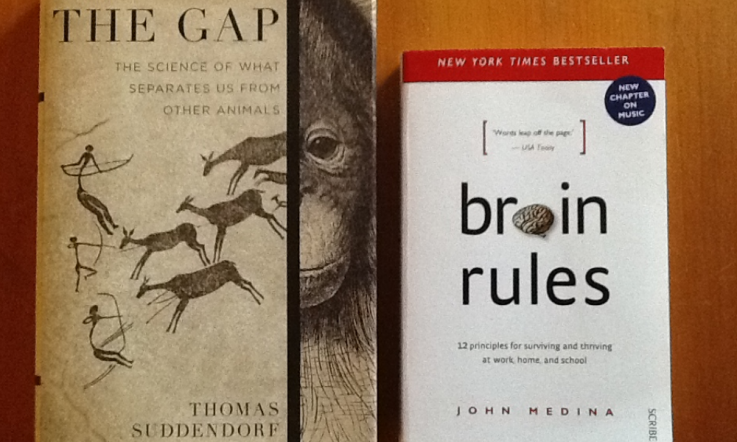An in-school book publishing program is one of the most important motivators in Noosa Pengari Steiner School's high school English program. Here, Shelley Davidow shares details of the approach, in the hopes to inspire others.
Last year, in Mixing Literacy with Innovation, myself and my colleague Matthew Cunnane explained how incorporating a book publishing program into our high school English program has contributed to an increase in student engagement levels.
Now, I'd like to provide Teacher readers with further details about the program, in the hope that it inspires others to consider its potential for improving engagement and achievement.
We all know that motivated students and engaged students are likely to achieve highly, and the results at Noosa Pengari Steiner School appear to support this. Our students are beginning to win literary recognition in national awards and high school English grades have improved significantly (see Mixing Literacy with Innovation for further details).
How did we do it?
It sounds daunting, but it's really quite straightforward. First, of course, there needs to be good material to publish and this could evolve out of anything students are working on. Any body of work can be published: a collection of essays, monologues, short stories, or poetry.
For instance, if we've studied To Kill a Mockingbird, we'll analyse Harper Lee's style, but from a writer's point of view. The lead question, for example, is: How does she achieve Scout's voice? We might then write short stories that focus exclusively on voice.
The reading, writing and editing can be a six to 10 week process. The most time consuming part of the process (aside from the actual writing) is self- and peer-reviewing or editing. I give students a checklist and a list of common errors, and they work through their own pieces and at least one other person's story or essay. This is all done in class.
By the time I receive each piece (to mark and grade), the students have made an enormous effort and it is often quite overwhelming how highly they achieve, simply because this project is for a real purpose.
The next step is usually in the next term and may take one to two weeks: we put all the stories onto a single word document, create a table of contents and print out at least three copies of the whole book to be proofread by volunteer ‘editors-in-chief', selected from the class. Any final changes are made and then I reread the document (as we still often find small errors that sneak in).
Aspiring artists in the class are also invited to submit a photograph or a scan of artwork that they think will make an appropriate cover. No title or writing is necessary, as this is all done online once we upload the files to CreateSpace.
Cover design and publication
CreateSpace.com allows anyone to publish a book overnight, for free, and after a week or two it is available on Amazon.com. All we pay for are the books we want, when we order them.
I usually select a few class members who are interested in the marketing, pricing, uploading and final proofing to do it with me. The entire process of setting up an account and uploading the text and cover is fairly straightforward and intuitive on the website. There are a few tricky bits because we are in Australia (and CreateSpace is a US website), but on reading instructions carefully (for example we have to fill in a mailing address for potential royalties), everything becomes clear.
When we set up our book prices, we choose the lowest allowed price, which makes the book as cheap as possible, and gives us no royalties, which gets around several problems and makes our books accessible.
Ordering and pricing
Once the book is uploaded and we receive an email to tell us the proof is good to go, it's up online and is print-on-demand. We can order as many copies as we want immediately and we pay only for what we need. In my English budget each year I request an amount that will cover the cost of giving each published student a copy of the book, which is about $8 to $10.00 per book, including shipping.
In 2014 our cost was more as we ambitiously published an anthology, a novella and a graphic novel. We celebrated our book launch with readings by the students, food for all, and a book table where we sold copies. Any money we made went back into the English budget ready for the following year.
So far, we have eight or nine books published by our in-school press (Pengari Press: Books by Young People, for Young People!). This year Pengari Press is also teaming up with the Creative Writing Program at the University of the Sunshine Coast to run a creative writing competition to showcase young writers on the Sunshine Coast.
Has your school developed a project designed to increase engagement in particular subject areas?
What effect has it had on student engagement? How are you assessing the impact?



